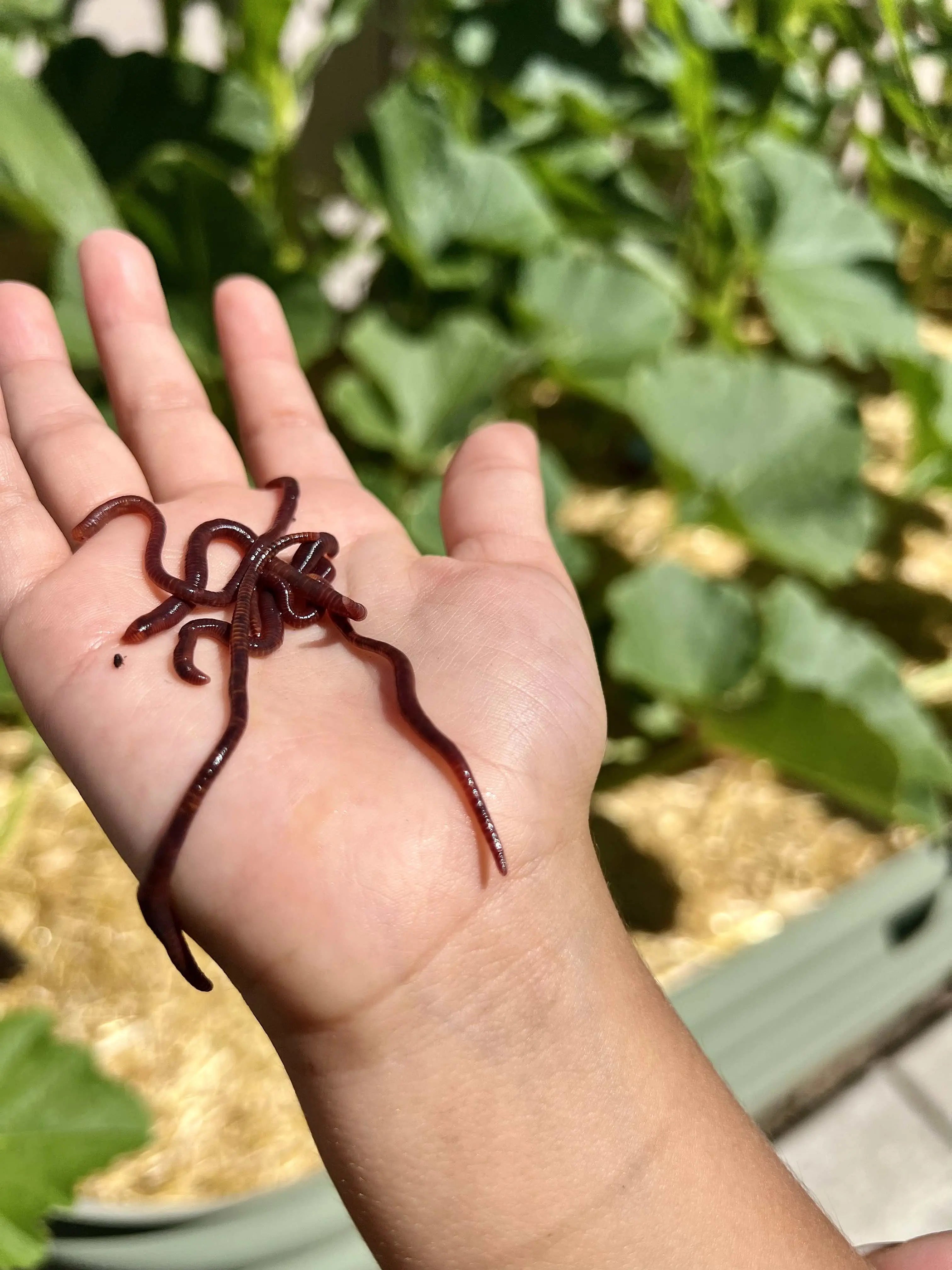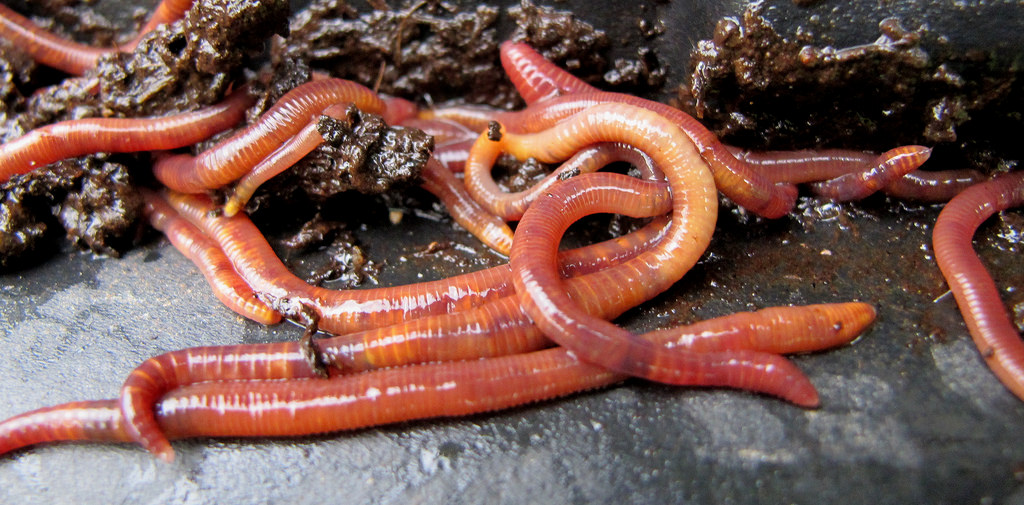Keep Your Lawn Green and Healthy with Expert Tips from Lake Hickory Bait
Keep Your Lawn Green and Healthy with Expert Tips from Lake Hickory Bait
Blog Article
Red Wigglers: The Unsung Heroes of Organic Waste Recycling
Red wigglers, or Eisenia fetida, offer as critical representatives in the natural waste reusing procedure, changing disposed of materials into useful vermicompost. Their efficient failure of organic issue not only boosts soil quality however additionally adds to lasting waste monitoring techniques. As the world progressively seeks services to fight waste build-up and improve farming performance, recognizing the function of these worms ends up being essential. What mechanisms permit them to grow in garden compost environments, and exactly how can they be efficiently utilized in both household and industrial setups? Exploring these questions discloses the wider effects of vermicomposting in our ecological landscape.
What Are Red Wigglers?
The impressive durability of red wigglers, medically referred to as Eisenia fetida, emphasizes their vital function in natural waste recycling. These tiny, reddish-brown earthworms are typically located in breaking down raw material, such as compost stacks and manure heaps. Lake Hickory Bait. Unlike other earthworm species, red wigglers thrive in nutrient-rich settings and are highly effective at damaging down organic products, making them vital for vermicomposting

(Lake Rhodhiss Bait)In addition to their function in waste reduction, red wigglers add to dirt wellness by improving soil framework and aeration through their tunneling activities (Lake Hickory Bait). Their existence in composting systems not only improves decay prices yet additionally advertises a sustainable method to lose monitoring, highlighting their significance in environmental preservation initiatives
Advantages of Composting With Worms
Composting with worms, especially red wigglers, supplies various benefits that boost both waste monitoring and dirt wellness. These worms effectively break down natural waste, converting it into nutrient-rich vermicompost that enriches soil. This process speeds up decay, enabling for a quicker recycling of kitchen area scraps and other organic materials contrasted to traditional composting methods.
In addition, the vermicompost created by red wigglers is teeming with beneficial bacteria, which aid enhance soil structure, oygenation, and moisture retention. This enhances the overall wellness of plants, advertising vigorous development and enhanced yields in yards and farming settings. The use of worms in composting minimizes the manufacturing of greenhouse gases, such as methane, contributing to an extra lasting waste monitoring system.

Just How to Start Vermicomposting
Establishing a vermicomposting system is an uncomplicated process that can yield considerable benefits for both waste administration and dirt enrichment. To start, pick a suitable container, such as a plastic bin or wooden box, with adequate ventilation openings to make certain correct air movement. The dimensions need to ideally be around 2 feet by 3 feet, enabling adequate area for the worms to grow.
Following, prepare bed linen product, which can include shredded paper, cardboard, or coconut coir. This bed linens must be dampened to create a suitable habitat for the worms. As soon as the bedding is in area, present red wigglers (Eisenia fetida) right into the container, usually around one pound of worms for each square foot of area.
Following the positioning of worms, include natural waste, such as fruit and veggie scraps, coffee grounds, and crushed eggshells. Stay clear of adding dairy, meat, or oils, as these can develop smells and draw in insects. Finally, position the bin in a shaded, temperature-controlled location to preserve optimal conditions for worm task. With these steps, you will effectively initiate a vermicomposting system that adds to sustainable waste monitoring and improves your soil.
Maintaining a Healthy Worm Container
(Red Wiggler Express)Maintaining a worm bin thriving calls for routine focus and like make sure the health of the red wigglers and the effectiveness of the composting process. Correct maintenance starts with keeping track of the wetness degrees; the container must perspire however not saturated. A great guideline is to maintain an uniformity comparable to a wrung-out sponge.
Delicately mixing the bed linen and food scraps every couple of weeks prevents compaction and guarantees that all worms have accessibility to oxygen. In addition, it is essential to feed the worms suitably.
Temperature policy is one more crucial facet. Red wigglers grow in an array of 55 to 77 levels Fahrenheit. If the container comes to be too hot or chilly, the worms might become stressed - Lake Hickory Bait. Lastly, periodically check for indications of health and wellness, such as worm population growth and the existence of healthy spreadings. By diligently taking care of these variables, one can maintain a robust and productive worm container.
Influence On Sustainable Living
The successful upkeep of a worm container not only benefits the wellness of red wigglers but also adds substantially to sustainable living practices. By reusing natural waste, such as kitchen area scraps and lawn debris, red wigglers aid divert substantial quantities of product from garbage dumps. This reduction in waste not just decreases greenhouse gas emissions but additionally lessens the environmental worry connected with waste administration.
Additionally, the castings generated by red wigglers act as a nutrient-rich natural fertilizer, boosting dirt health and advertising plant growth. This all-natural alternative to chemical fertilizers sustains sustainable farming and gardening methods, decreasing reliance on synthetic inputs that can damage communities. Additionally, worm composting promotes understanding of waste administration, encouraging people and check it out areas to adopt even more sustainable behaviors.

Final Thought
In recap, red wigglers offer as important contributors to natural waste recycling via their efficient decomposition of natural materials. By integrating vermicomposting into waste management strategies, people and areas can substantially reduce waste while promoting environmental sustainability.
Report this page